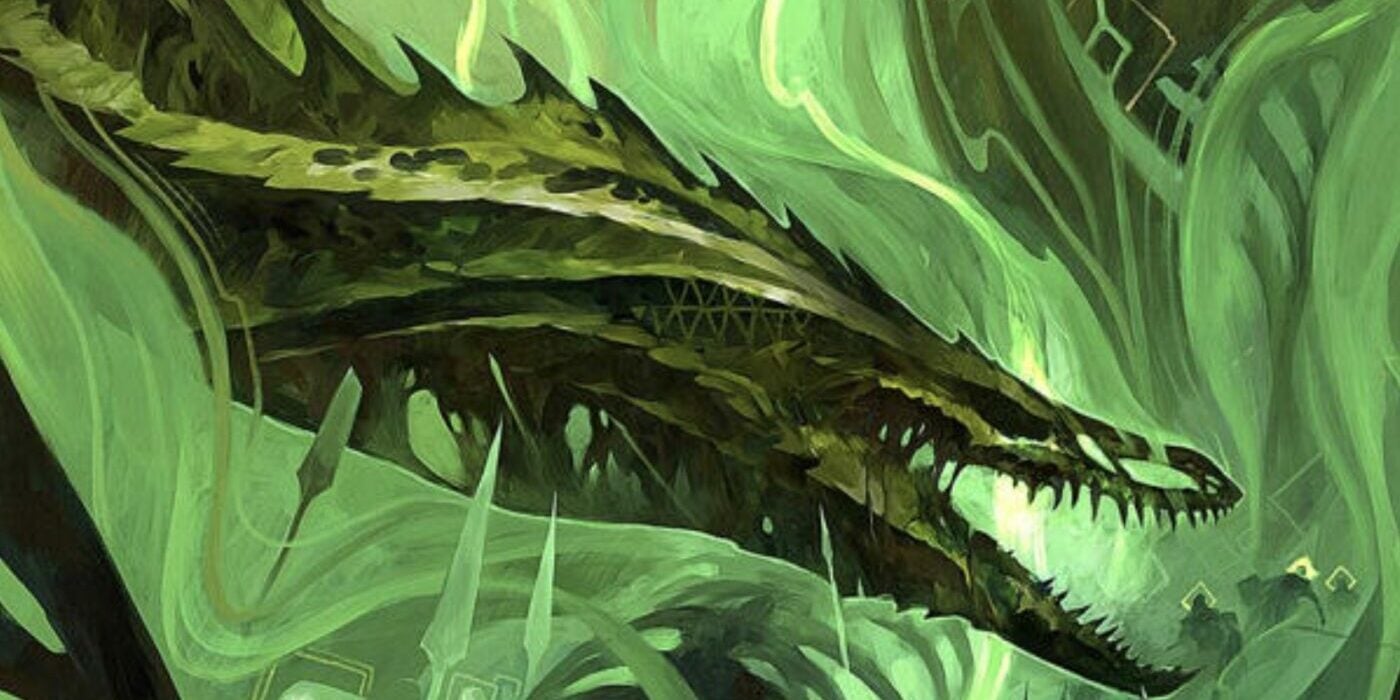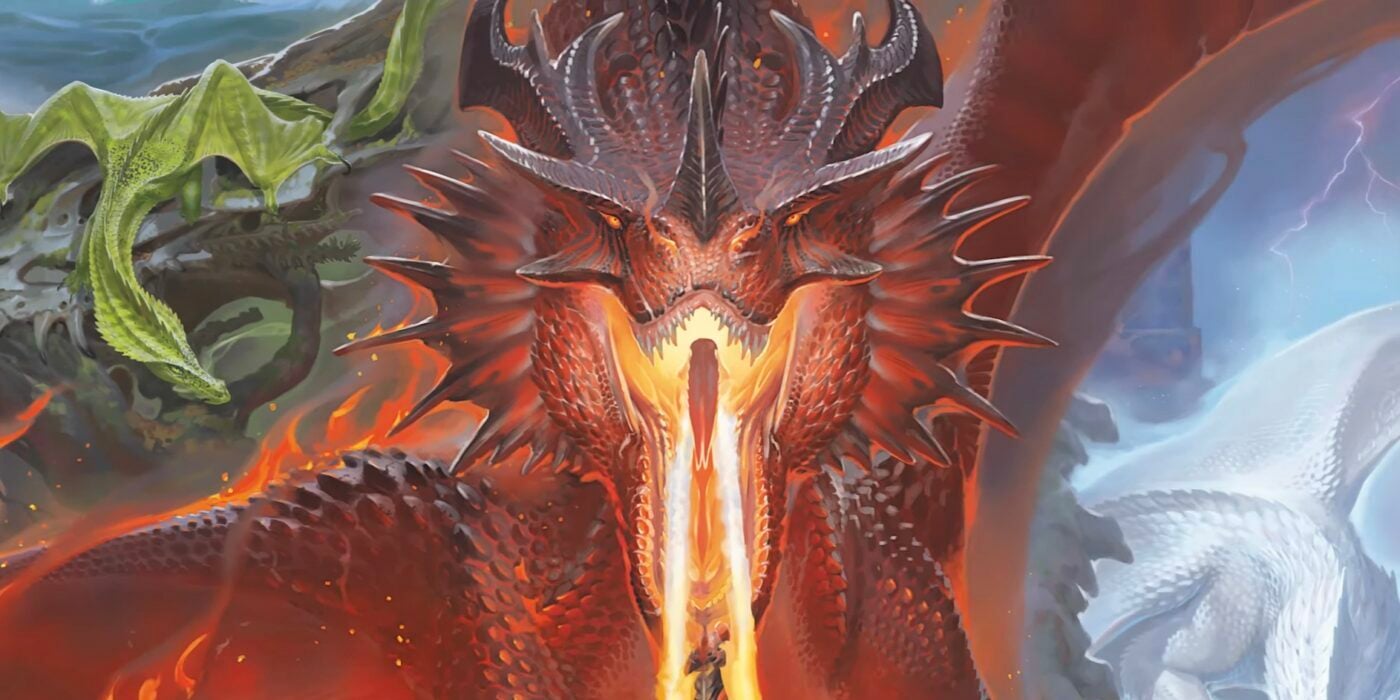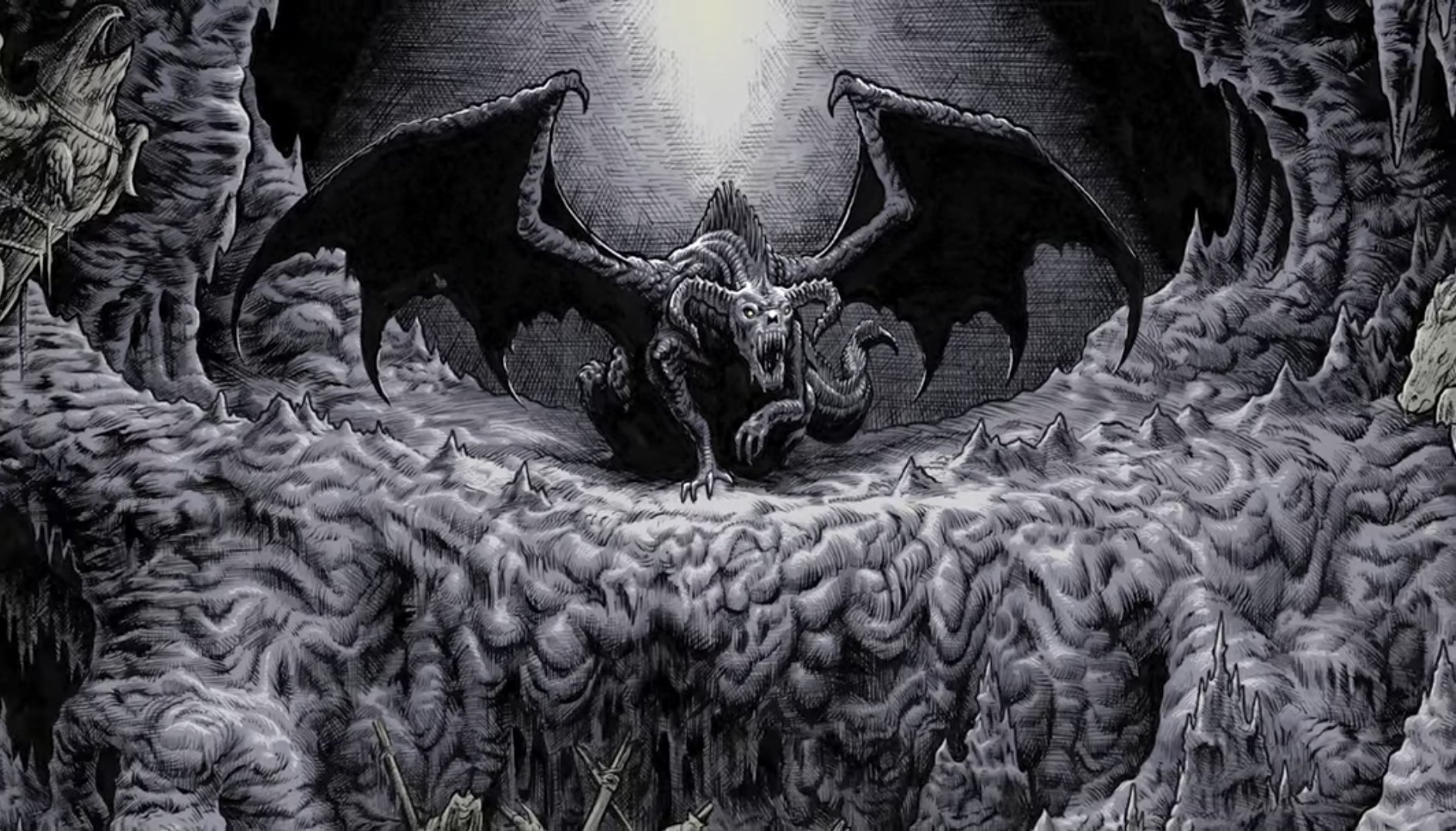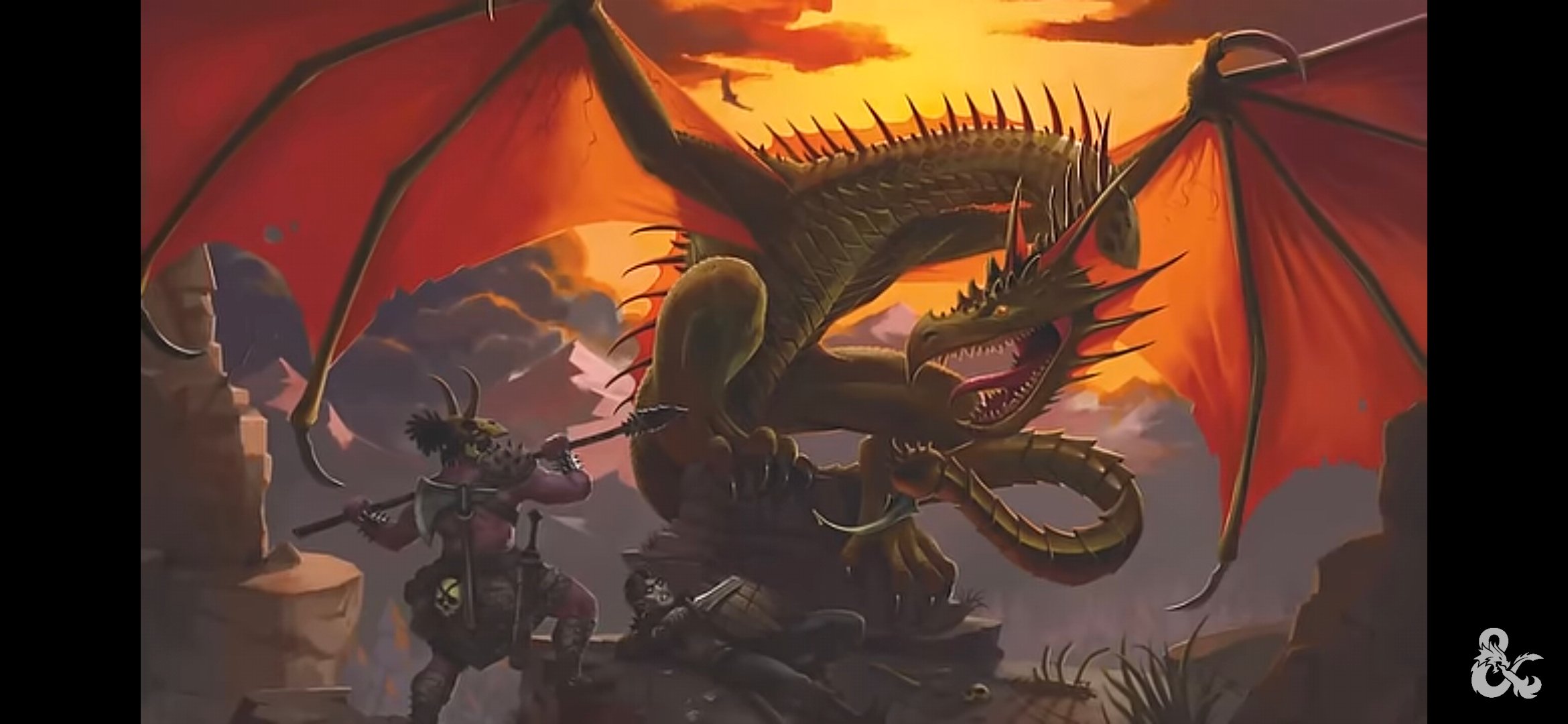Facing a dragon in D&D is a harrowing experience for adventurers of any level—but here are some helpful tips for fighting a dragon!
When the DM describes a draconic shadow flying overhead, followed by a terrible roar and the demand to roll initiative, you know it’s about to go down for real. But that’s how some of the most iconic moments of D&D begin. And then the dragon lands and suddenly your party is in for a challenging fight, unless the DM is just throwing a dragon of your CR or less at you, in which case you are going to walk all over it. But you’re probably going to have to be punching up!
And that means fighting smarter AND harder. Here are some dragon fighting tips for the former, at least.
Know Thy Enemy

It helps to be roughly aware of what each dragon does. I’m not saying memorize the monster manual. But D&D’s dragons are in the pop culture enough that there are things “everyone knows” about them. Like breath weapons. Fortunately they’re color-coded to help you out.
Red breathes fire. Green breathes poison. White breathes cold. Black breaths acid. Blue breathes lightning. And you can probably bet that they’re immune or resistant to whatever they’re throwing at you. And they can all fly. A few of them have other modes of movement, like spider climbing, swimming and breathing underwater, and more.
Also keep in mind their general attack options. After a breath weapon attack, it’s probably melee time—in 5.5E all dragons have at least two Rend attacks. And the Adult dragons typically also have legendary actions that let them do even more in between turns. The most powerful can also cast spells.
Stay Out of Breath Weapon Formation

If you know you are fighting a dragon, positioning is everything. One thing you can do to try and prevent the dragon from spreading massive damage around your whole party is to stay out of “breath weapon formation.” This can be tricky if you don’t know what each dragon’s breath weapon shape is.
They tend to come in a variety of shapes and sizes—typically the older the dragon, the bigger the breath weapon area. They come in either a big cone or a long line. The main thing is to try and spread out and be staggered so the dragon can’t hit all of you. You probably won’t be able to make it hit only one person (though if you can, more power to you), but keeping your distance from your allies can help your healer not have to do as much work.
Don’t Get Isolated

Just make sure you don’t keep too much distance between yourself and the rest of the party. You wouldn’t want to get isolated from the others. That’s how the dragon can focus all of its attacks and legendary actions on you. And if you just happen to be too far away for the healer to reach, more’s the pity.
Especially if you play with a DM who knows that dragons might grapple their targets and fly off with them if no one is around to stop them. So take care not to get focused down either.
Teamwork Makes the Dreamwork

Ultimately it all comes down to working together. And knowing what you can do, and whaty our action is best spent on. For some, it might not be all about doing as much damage as possible on a round per round basis.
Sure, you need at least one damage dealer. But you might also give your party a more sustainable role in battle by casting a defensive spell. Or giving the help action to someone who’s low on health. Staying aware of the party’s general state can be a great way to keep everyone’s heads in the game.
Conditional Victory

Also, for all their vaunted power, dragons don’t tend to be immune to most conditions. Even something like the Poisoned or Charmed condition can apply to them. Status effects and the conditions thereof are a great way to get around a dragon’s potent AC and hit point totals. Hit them where they’re weak.
Or just inflict some conditions on them, to soften them up for those that can deal a ton of damage. Fighting dragons can be a challenge, but for the right party, a great reward.
Happy adventuring!
Don’t Miss:
Read more at this site
